


A few months ago, we compared the Honda City and Hyundai Verna. Now, we have the Skoda Rapid in competition with these two attractive options in the mid-size sedan segment.
The C-segment cars have been gaining a lot of popularity in recent times with the rise in the spending power of the Indian consumer. People are increasingly looking at moving from their hatchbacks on to the more spacious, comfortable and powerful sedans in the Rs 10-lakh bracket. The rising importance of this segment has also given rise to considerable competition as well.
Whereas Hyundai relaunched the Verna in a completely new avatar, Skoda introduced the Rapid to claim their share of the market. With these two latest offerings vying to make their mark, we wonder if the ruling champion, Honda, will be shaken off the top spot. It was with a view to settling this fight that we decided to take the petrol and manual transmission versions of these three cars and pit them against one another to figure out if either of the recent entrants has the potential to give Honda a run for their money.


 Design & Styling
Design & Styling
The Rapid is the newest of the lot, but it definitely doesn’t look like one. The reason is simple: the design of this car, which we have been looking at for quite some time now. The Rapid’s front looks like that of the Skoda Fabia while the rear end looks pretty much like the Volkswagen Vento. Bringing these two elements together to make a new car doesn’t endow freshness of design to it.
The Verna, on the other hand, is an all-new design wherein Hyundai have taken forward their ‘fluidic’ language and made a car that looks stunning. No doubt, even the Verna shares a lot of styling characteristics with its younger siblings, the i20 and i10, but still manages to give the impression of a modern looking car, which the Rapid fails to do.
The Honda City has been around for a few years now. But when it came, it had a futuristic design that lives up to the current times too. It has minimalistic styling elements, but an aggression that doesn’t fail in any respect.
Inside, the Skoda Rapid has a lot of Volkswagen feel to it, especially the dashboard and switches, which make you feel that you have been in this car before. The steering wheel is very much like the Fabia’s. However, the fit-and-finish and the quality of material used in the interior of the Rapid are top class. The aspect of new styling might be lacking, but the interior certainly has the quality the Germans are known for.
The Verna looks very techy and modern with all the buttons and gizmos laid out on its dash. It gives you the feeling of driving around in a car belonging to a higher segment. The Honda City stays minimalistic here too, but offers the basic functionality in the interior while keeping it clean, neat and simple.


 Engine & Transmission
Engine & Transmission
The Skoda Rapid and Hyundai Verna use 1.6-litre engines while the Honda City relies on a slightly lesser displacement with its 1.5-litre engine. On paper, the Verna tops the sheets with outright power and torque figures of 123 PS and 155 Nm respectively. Even with a smaller engine, the City manages to come close to the Verna with 118 PS and 146 Nm peak power and torque respectively. The Rapid fights shy with just 105 PS of peak power on offer, but makes its mark with an impressive 153 Nm torque. We know how torquey the Volkswagen/Skoda engines have been and the Rapid lives up to that image.
However, these specifications do little to decide which is better than which when it comes to actual performance. The transmission, weight and other factors affect the performance in real world conditions and this is where the Honda City scores over the other two even with its smaller engine. It sprints from standstill to 100 km/h in 10.66 seconds as against the Verna’s 11.48 seconds and the Rapid’s 11.78 seconds.
During our roll-on acceleration test, the City continued to impress us with its 17-second timing for 40-100 km/h run in the fourth gear. The Verna came close with a 17.7-second timing. However, the Rapid disappointed with its timing above 25 seconds. The reason for this is that both the City and Verna have variable valve timing, whereas the Rapid’s engine doesn’t. This is what shows us the driveability of the City and there is no doubt that the City and Verna are far better than the Rapid. The reason this Skoda fails to make an impression here is its poor mid-range. The engine really feels lethargic and doesn’t impress with its performance at all. On the refinement front too, the City and Verna shine brightly while the Rapid fails to make a mark.
Transmission is one area where the Rapid does not give us a cause for complaint. The positive feel of the throws gives the Rapid a European feel. The City also has a little notchy feel to its gear shifts, but not as solid as that of the Rapid. The Verna, like any other Hyundai, has very smooth shifts.
Drive And Handling
After a disappointing performance, the Rapid hit back with its drive quality and handling. An appropriately set up suspension for the Indian road conditions and a very well sorted out chassis puts the Rapid above the others. It has absolutely precise handling and holds on to the tarmac well. There is a good driver-vehicle connection in the Rapid, especially when it comes to spirited driving. The only drawback of the Rapid would be its heavily weighted steering wheel that makes driving a little tough in dense traffic where manoeuvring becomes painful. This is where the City proves to be a better car with its light steering. However, the slightly softer suspension of the City puts it behind the Rapid in outright handling. The extremely soft suspension and loads of body-roll makes the Verna suffer and it doesn’t match either of the other two cars. The Verna’s steering has no feedback to it and makes the car understeer more than one can imagine.


 Fuel-efficiency And Price
Fuel-efficiency And Price
Given the ever-rising price of petrol, the fuel-efficiency of a car assumes overriding importance. In this case, the Honda City scores well above the other two with an overall efficiency of 17.7 km per litre. The Rapid comes a distant second at 14.2 kpl and the powerful Verna makes a hole in the pocket at 13.5 kpl.
The cost of the car is another very important factor. Priced from Rs 7.99 lakh to Rs 9.90 lakh (OTR, Pune), the City fits in a wide budget range and stays very competitive to the Skoda Rapid, which comes for the price range of Rs 7.62 lakh to Rs 9.00 lakh (OTR, Pune) and the Verna at Rs 8.80 lakh (OTR, Pune).
Features And Gizmos
Last but not the least are the extras offered in the car. It is quite funny that the Indian customer looks for the gizmos in a car first rather than the car’s engineering itself. We disagree with this, but still can’t ignore the fact that this actually becomes one of the driving forces for the Indian customer while making his/her purchase. The Verna comes loaded with stuff such as a parking camera, engine start-stop button and Bluetooth, etc. The City and Rapid, on the other hand, provide just the necessary basic features. However, none of the three cars compromises on the safety front. Honda and Skoda offer ABS and airbags on all the variants of the City and Rapid respectively. In case of the Verna, the higher variants come equipped with the safety features like the other two competitors.
 The Verdict
The Verdict
All said and done, we had hardly any problem in deciding who will wear the crown. The Honda City continues to stay on top with its iVTEC engine excelling in performance as well as efficiency, its chassis and suspension doing a fairly decent job with handling and drive quality, its aggressive arrow-head styling still appealing to the crowd and the company offering all the variants with necessary safety features. The Rapid, though it has a poor performance, comes second with its top build quality, class-leading handling, excellent drive and the solid European feel. The Verna has good styling, offers gizmos, but fails to make us happy with its mediocre performance, unreasonably soft ride and no sense of connection with the car while driving.
The Honda City thus manages to retain its top spot in the class of mid-size sedans and continues to challenge the other manufacturers to improve their products in order to match this Japanese all-rounder.
NEED TO KNOW
HONDA city 1.5 S MT
Price Rs 9.39 lakh (OTR , Pune) Engine 1497cc, 118PS, 146Nm
Transmission Five-speed manual, front-wheel drive
Performance 10.7 secs 0-100km/h, 189km/h top speed Fuel Efficiency 17.7kmpl (overall)
Hyundai verna 1.6 vtvt
Price Rs 8.8 lakh (OTR , Pune) Engine 1591cc, 123PS, 155Nm
Transmission Five-speed manual, front-wheel drive
Performance 11.48 secs 0-100km/h, 192.7km/h top speed Fuel Efficiency 13.5kmpl (overall)
Story: Adhish Alawani
Photography: Sanjay Raikar



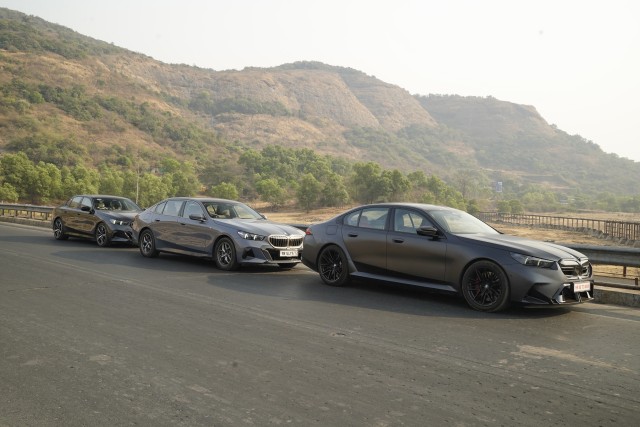
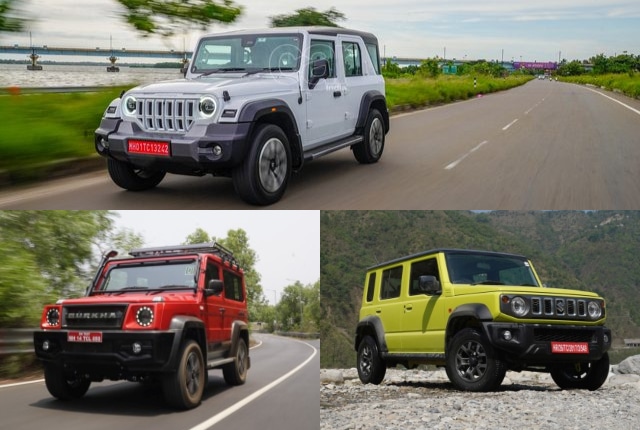
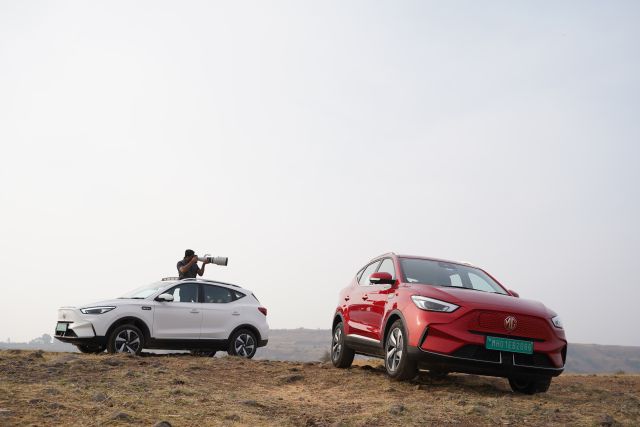
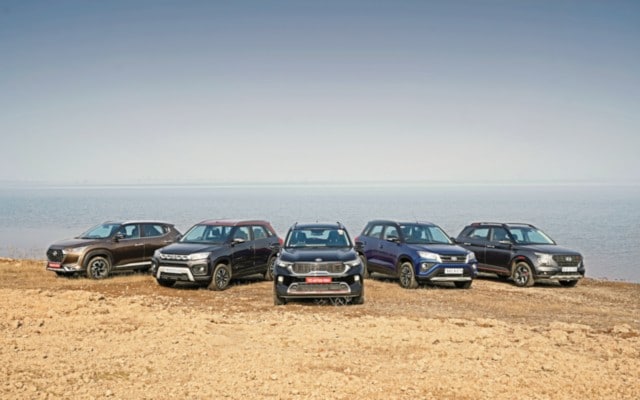
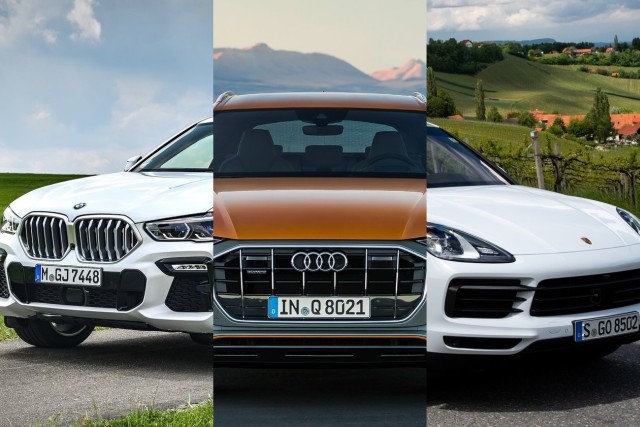
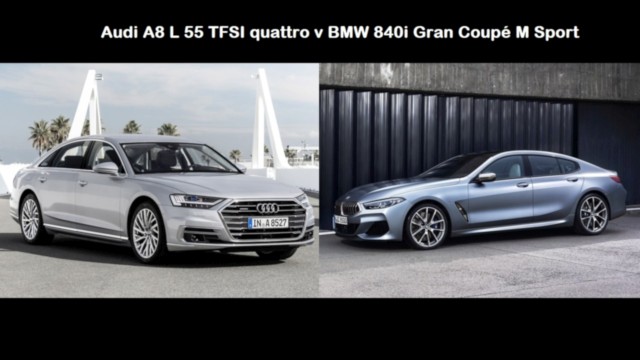
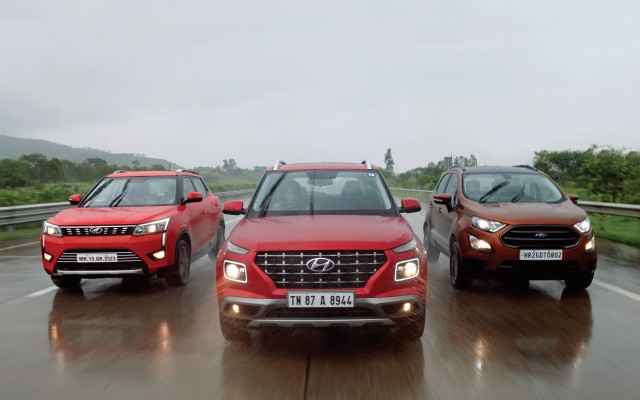
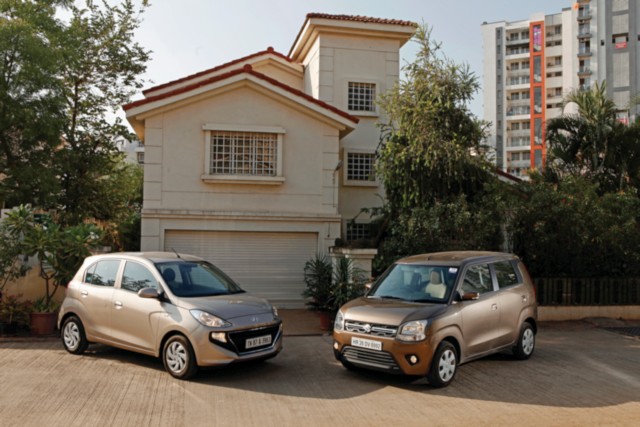
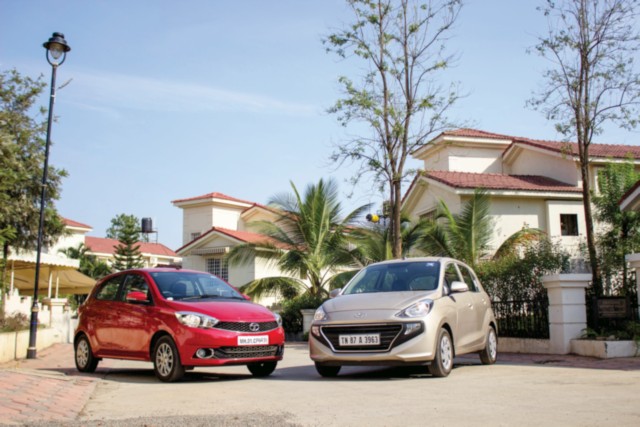
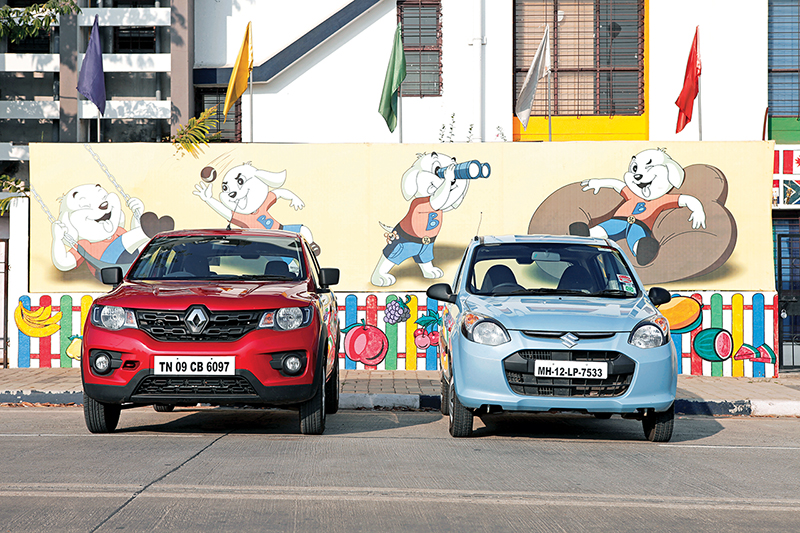
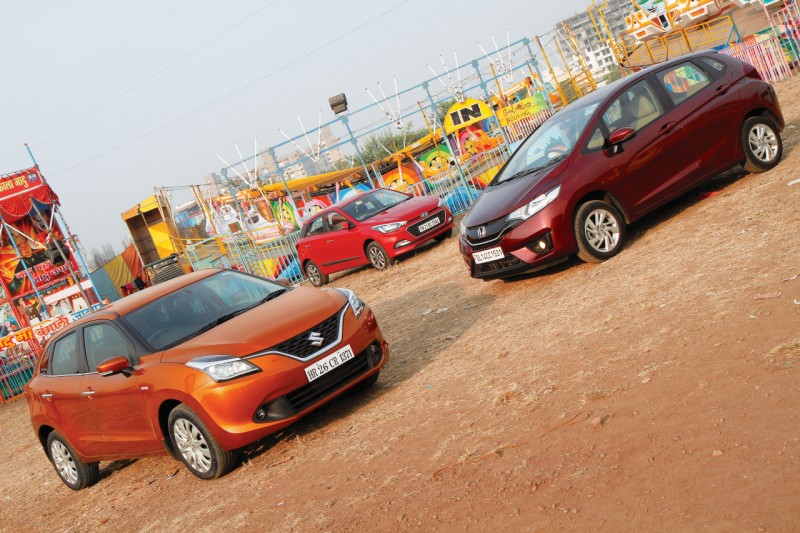

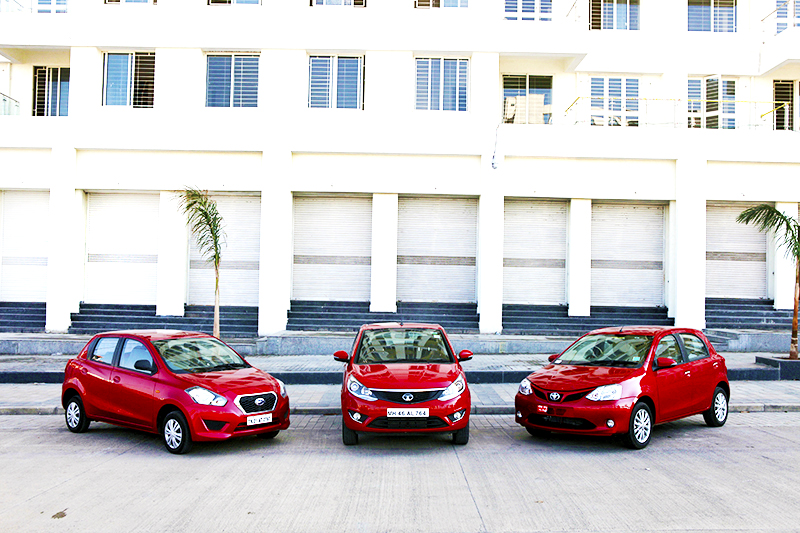
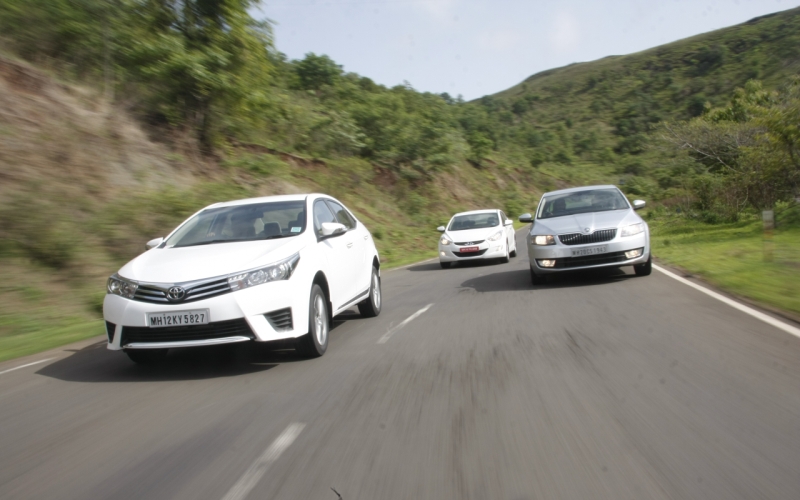
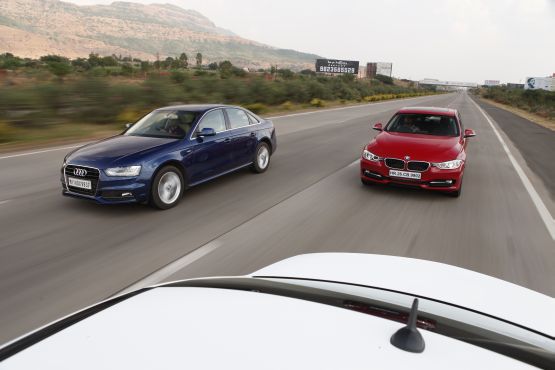




Leave a Reply